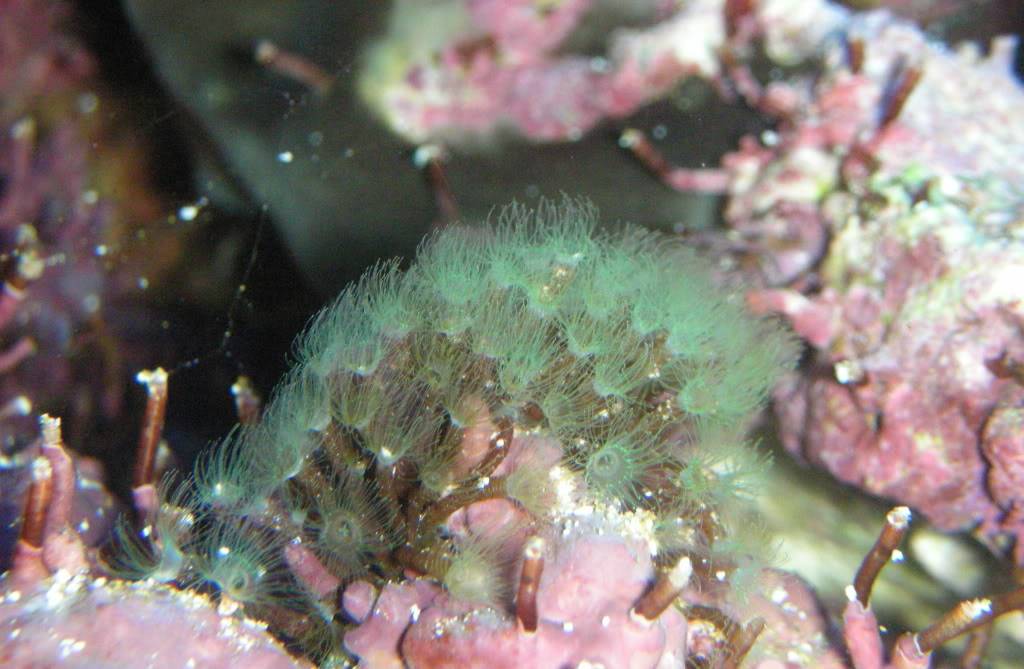- Joined
- Aug 22, 2017
- Messages
- 259
- Reaction score
- 300
i set my tank up 6 months ago with brs reef saver rock and two pieces of old fiji rock that i had that was fully cured and i had for years. i noticed that the old fiji rock has some hydroids on it i was wondering if the reef saver rock are infected as well. not sure how they reproduce. i was going to remove the two fiji rocks to save the reef savers. i do not see any on the new rock. thanks for any input.

















